
Published On 29 Nov 2023
Rising sea temperatures due to climate change are forcing oyster farmers in France’s southwest to take a break from summer maturation, traditionally a key step in the production of the tasty molluscs.
Starting next year, producers in Marennes Oleron, France’s biggest oyster bay, will no longer be able to steep oysters in shallow clay beds in salt marshes, known as “claires”, during the summer months.
Oyster farmers in this region traditionally keep the molluscs in the oyster beds for the final weeks before their sale. The treatment gives them a less salty and iodic taste than if they come straight from the sea, and earns them the “fine” label, recognised by the EU’s protected geographical indication (PGI) category.
But climate change is negating the effects of the oyster beds.
Scientists have found that because of fast-evaporating water, the salt concentration has become too high between early June and late August, leading to the ban during those months.
Human consumption of oysters goes back thousands of years. They come in a wide variety of flavours and textures depending on water salinity, alkalinity, mineral content and nutrition.
“We’re going to have to accept change,” said Henry Schaller, a local farmer using the claire method for which the Marennes Oleron oyster region is famous.
But the 37-year-old, in the business since 2010, said he had already cut down on summer maturation even before the new rule.
“The oysters had become too salty,” he said. “We had a weaker, lower-quality product.”



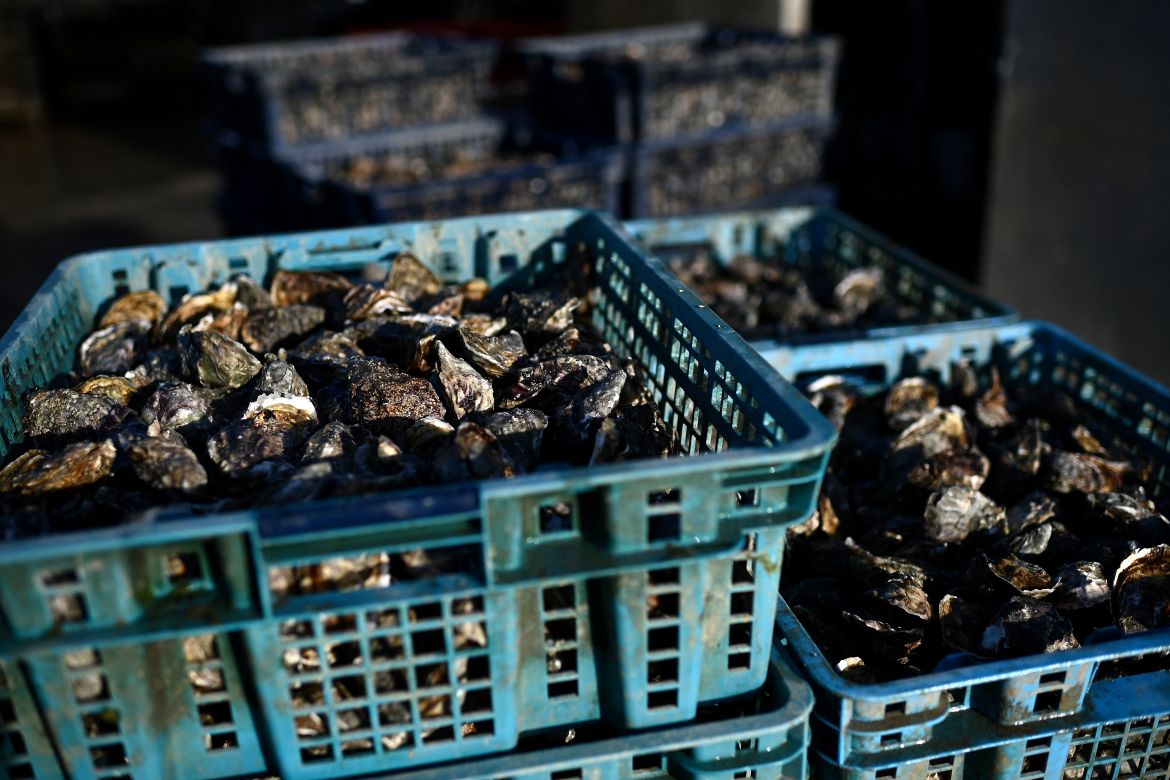
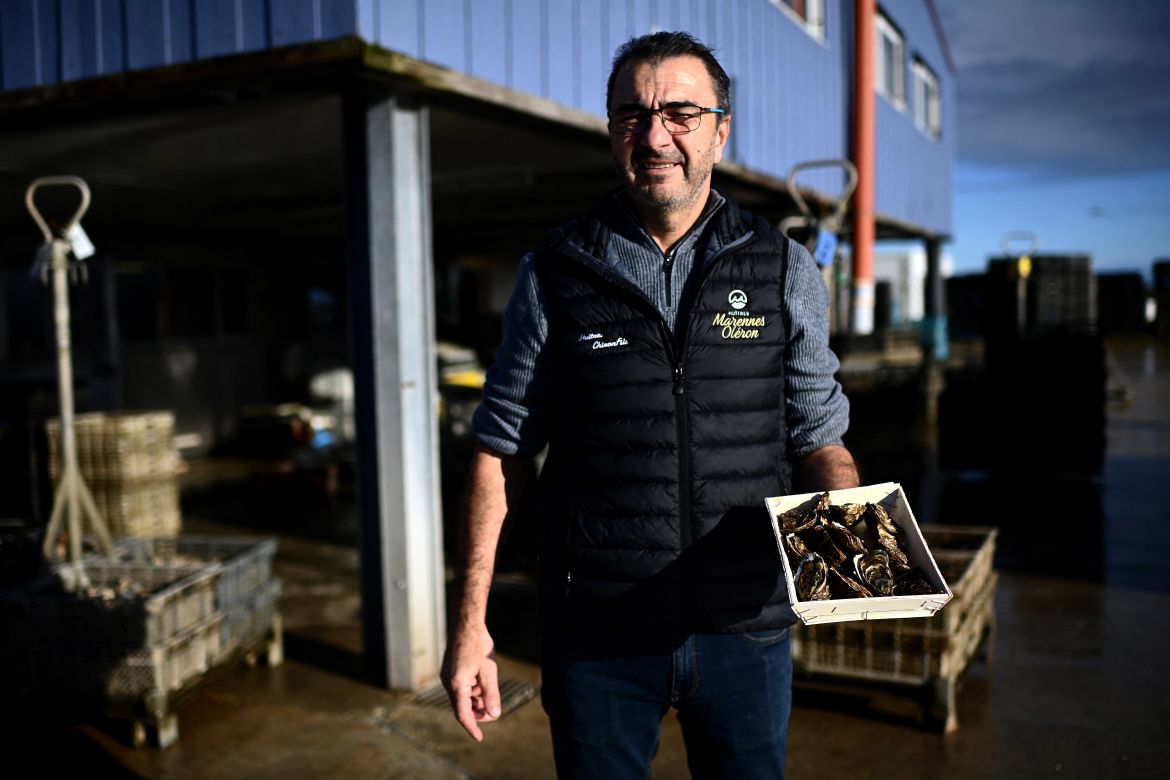


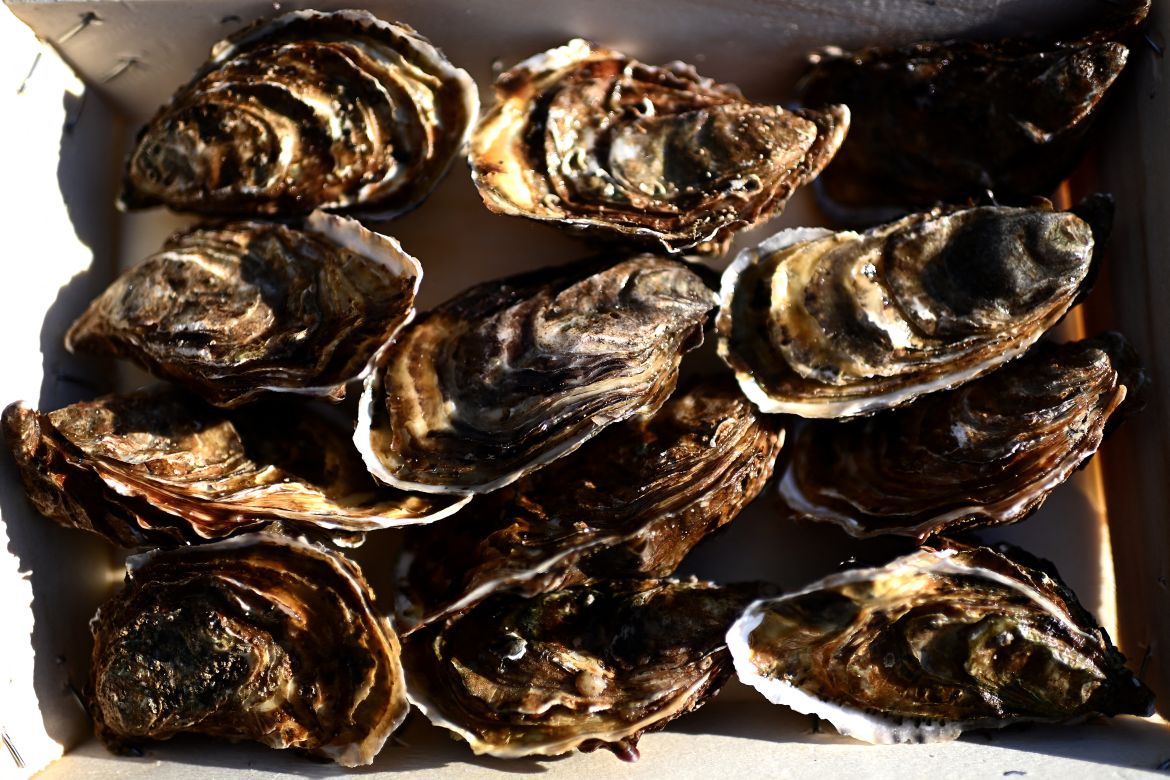
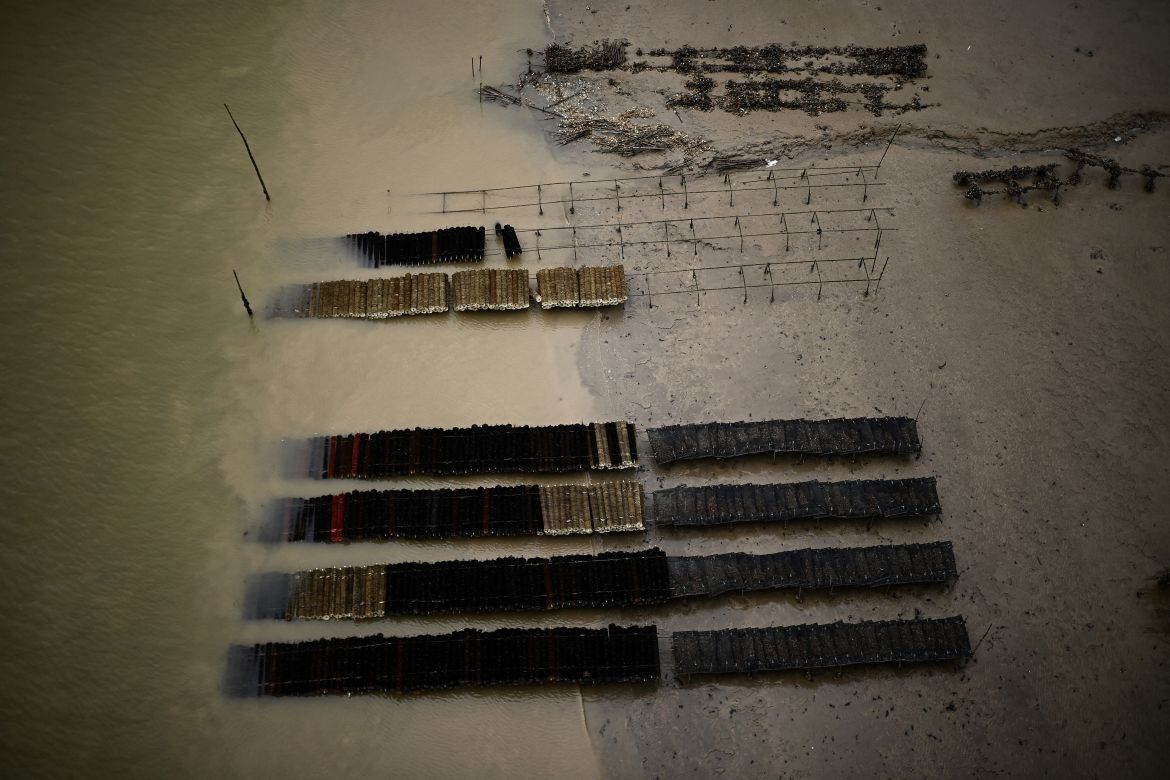
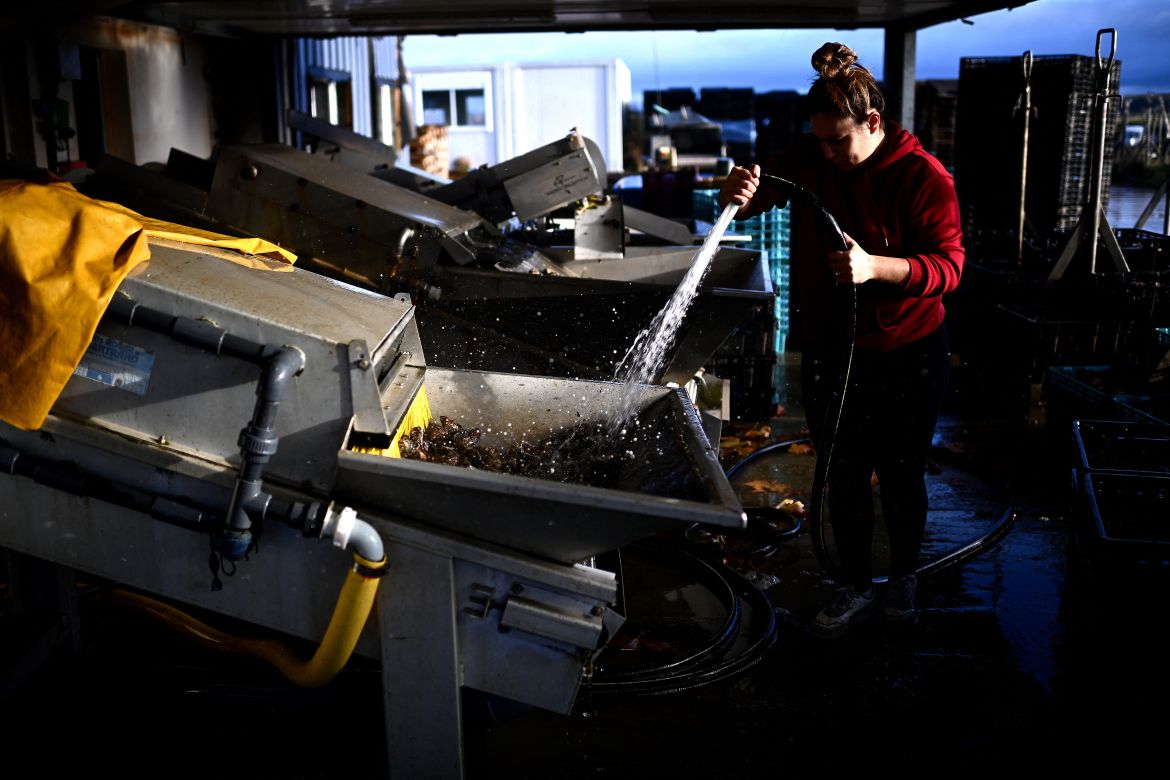

 Movie
Movie 5 months ago
103
5 months ago
103 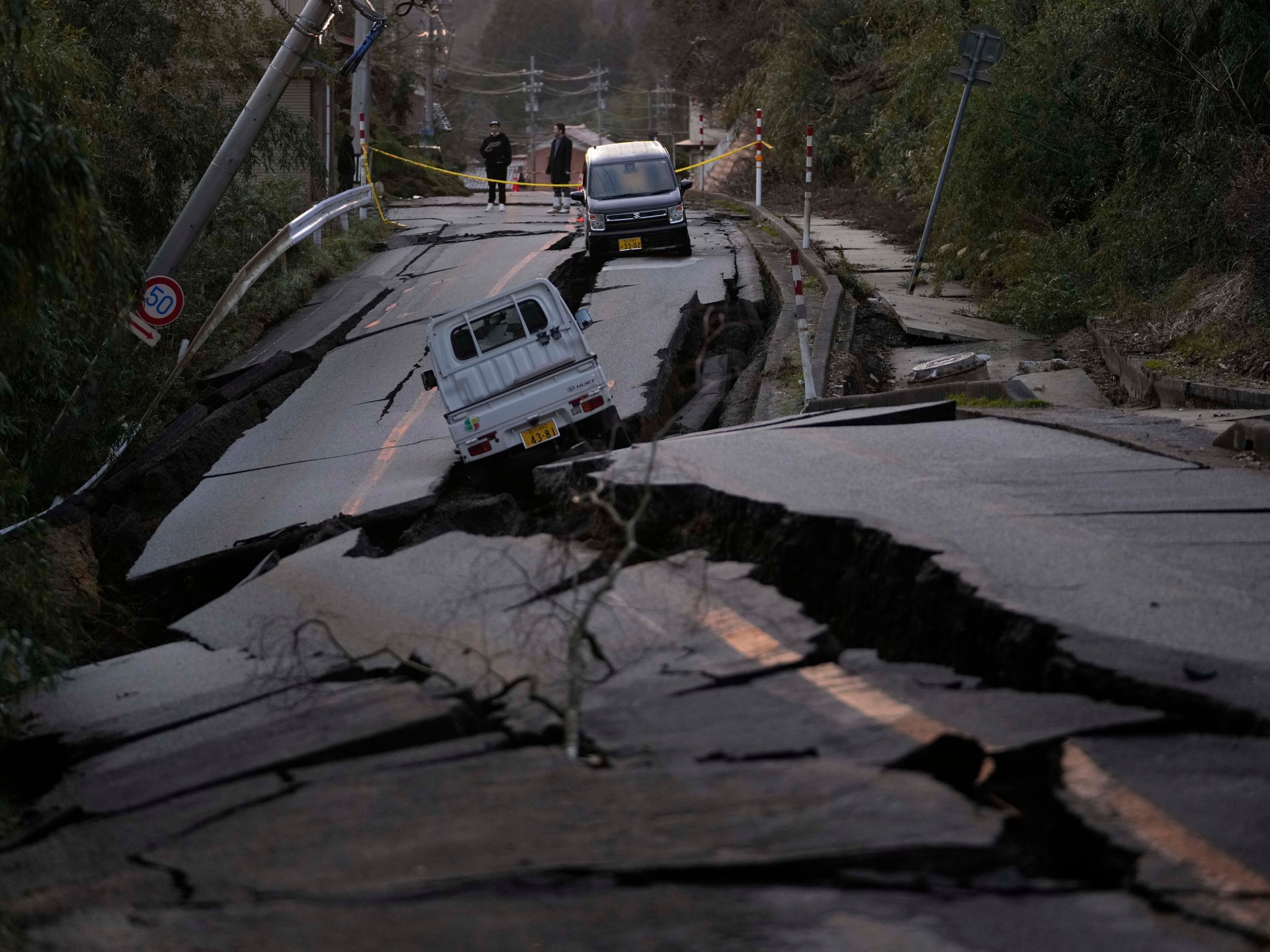






![Presidents Day Weekend Car Sales [2021 Edition] Presidents Day Weekend Car Sales [2021 Edition]](https://www.findthebestcarprice.com/wp-content/uploads/Presidents-Day-Weekend-car-sales.jpg)



 English (United States)
English (United States)